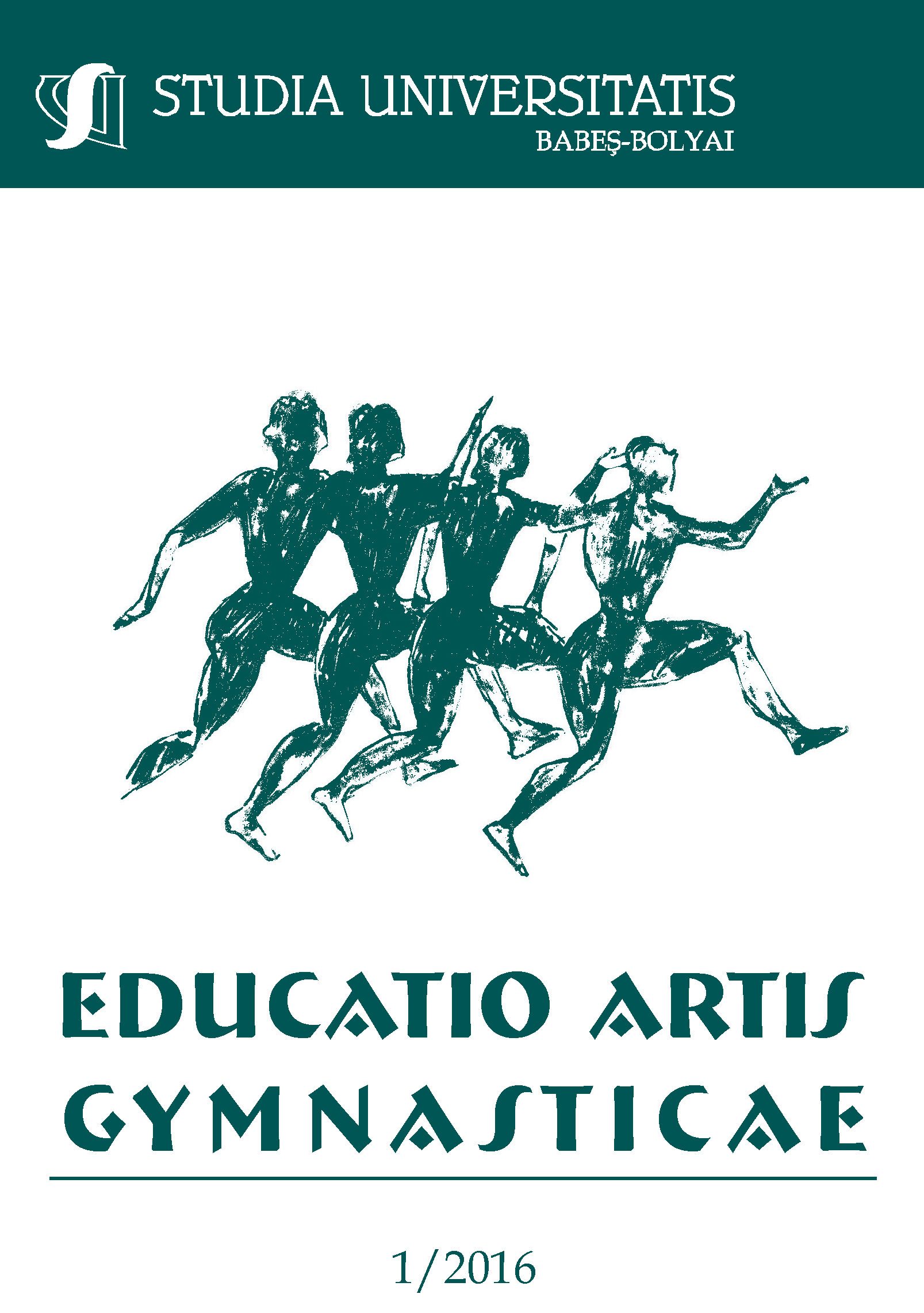THE DANCE IN MARTIAL ARTS
Keywords:
Temple, priestesses, Devadas, martial arts, dance, Greece, Spartans, India, Yamaguci, Koshti, Legong.Abstract
Arts warriors were considered sacred, because the gods of war participates with together with earthly mortals to the earthly struggles. What was in heaven was on earth. If the world of the gods in heaven, they carried the fighting powerful, means that the same events are also on earth. The ancient and medieval word has experienced so many forms as of leisure, as of training of war, by using dance and arts of the war. The dance was not very popularized together with martial arts since historians have researched separately, detached from the context of society. A common approach (dance - martial arts) would lead to a better understanding of how people in ancient times conceived the world in which they lived.
Dansul în Artele Marțiale. Artele marțiale sunt cunoscute din perspectiva luptelor și tehnicilor. Japonia, China, Coreea, Vietnam sunt doar câteva dintre țările care au ieșit în evidență în ceea ce privesc artele războinice. Istoricii au omis, de-a lungul timpului, o abordare împreună cu ritualurile religioase. Dansul este unul dintre aceste ritualuri extrem de importante, fără de care nici nu am putea vorbi despre arte de luptă. Astăzi nici un luptător nu mai cere ajutorul Zeului Războiului, pentru ca regulile s-au schimbat. Dar reminiscențe ale acestuia le vom regăsi în diferite întreceri: dansul rugby-iștilor din Noua Zeelanda, dansurile judecătorilor din Sumo sau dansurile din Africa, ce le regăsim în Capoiera. Această lucrare dorește să cerceteze rolul pe care l-a avut dansul în istoria militară. O prezentare generală ce poate lăsa loc unei cercetări științifice de nivel superior.
Cuvinte Cheie: Templu, prințese Devadas, Arte marțiale, dans, Grecia, Sparta, India, Yamaguci, Koshti, Lelong.
References
Barboș, I.P. (2015). Artele Marțiale și Societățile Asiatice, Cluj-Napoca: Editura Risoprint.
Berkson, C., Doniger W., Michell, G.E. (1983). The Cave of Shiva. Princenton University Press.
Daumal, R. (1970). Bharata : L'Origine du Théâtre. La Poésie et la Musique en Inde, Gallimard.
Farzad, Nekoogar (1996). Traditional Iranian Martial Art (Varzeshe Pahlavani) Menlo Park.
Fink, G. (2009). Who is Who in der antiken Mythologie, pag. 172, Aufl. München.
Davies, S. (2006). Balinese Legong: Revival or Decline?, Asian Theatre Journal, 23.
Worthington, I. (2010). Philip II of Macedonia, Yale University Press.
Downloads
Published
How to Cite
Issue
Section
License
Copyright (c) 2016 Studia Universitatis Babeș-Bolyai Educatio Artis Gymnasticae

This work is licensed under a Creative Commons Attribution-NonCommercial-NoDerivatives 4.0 International License.



